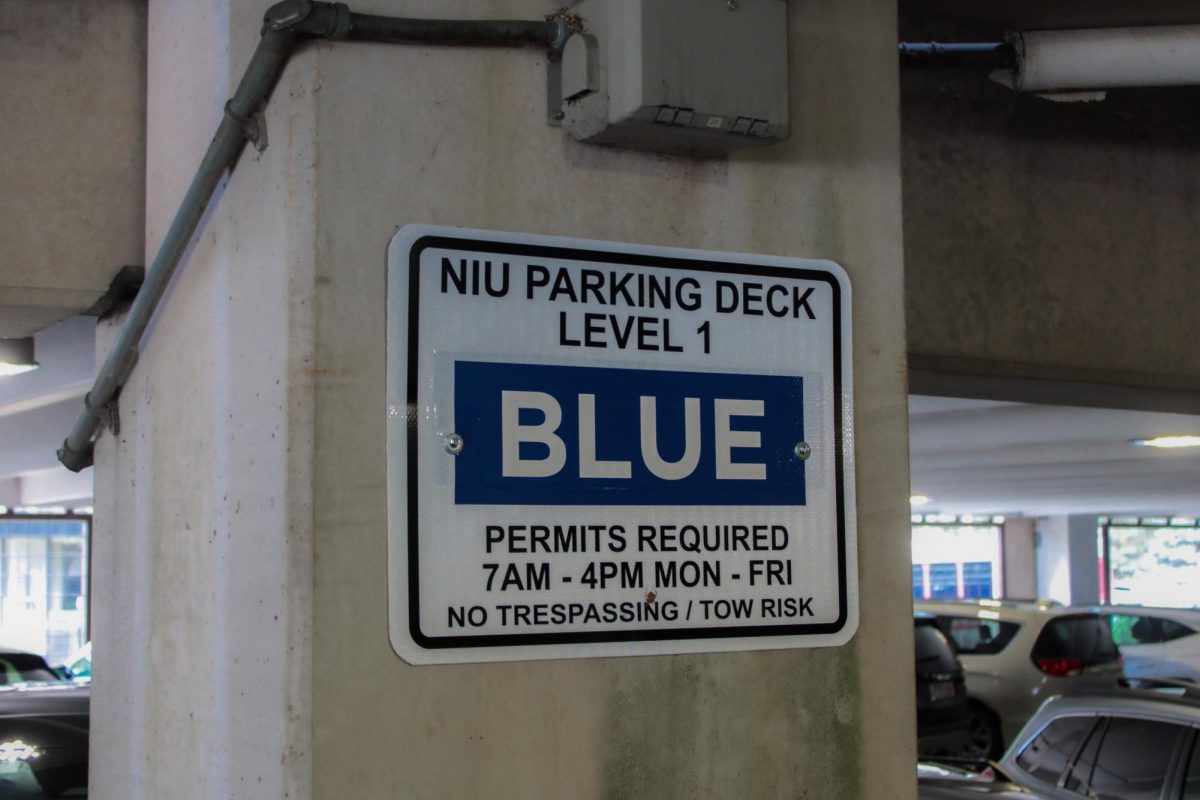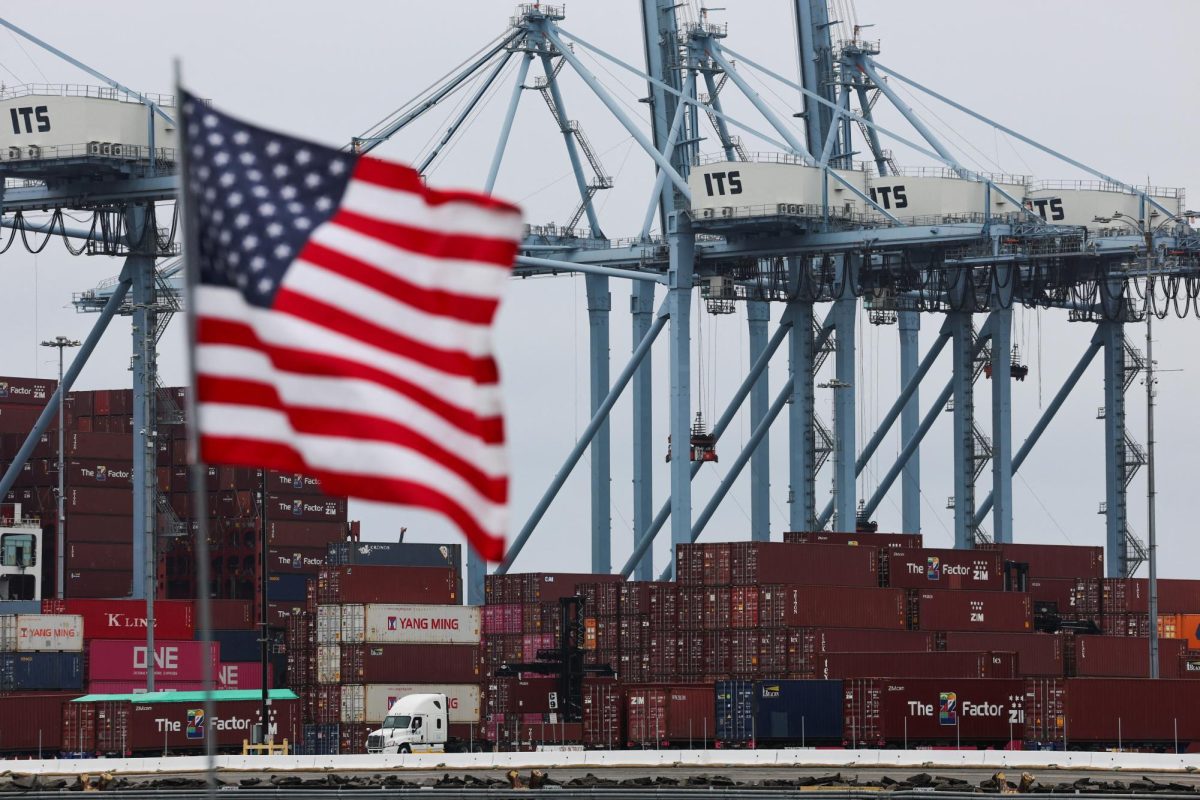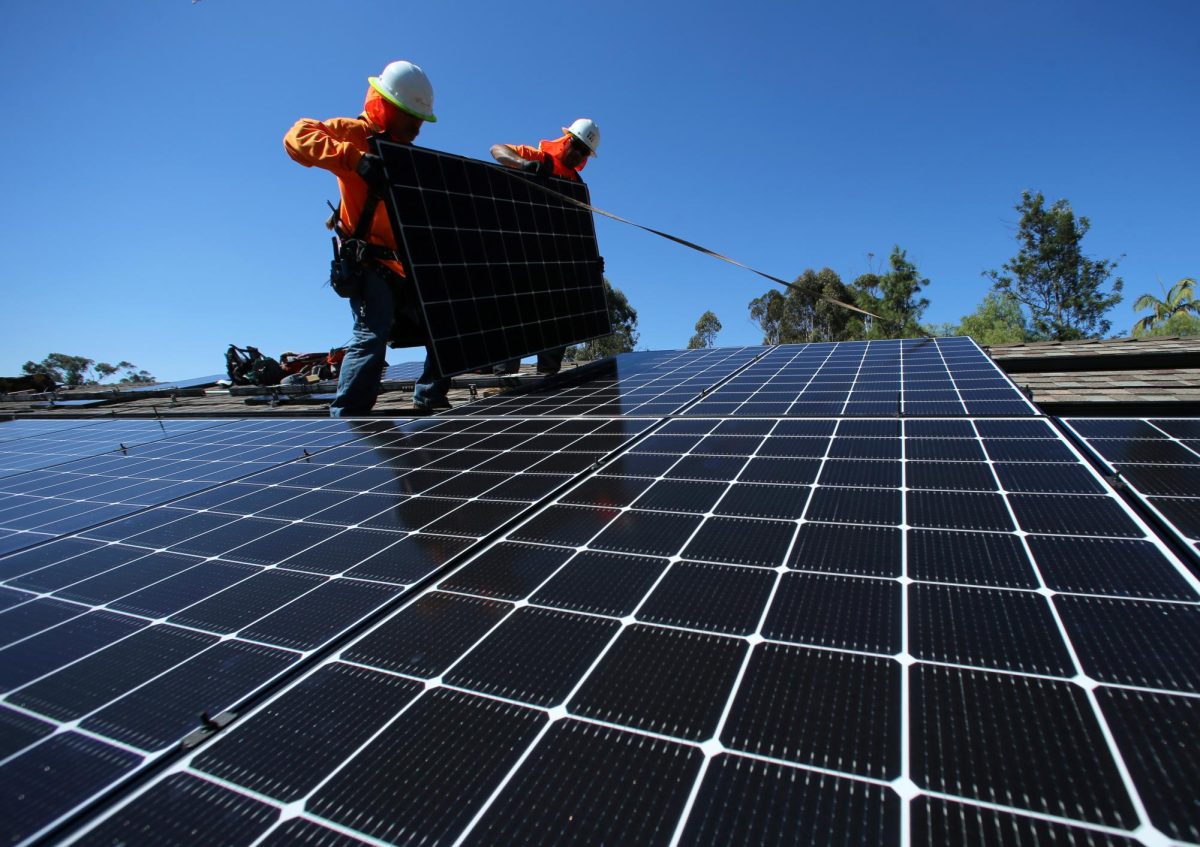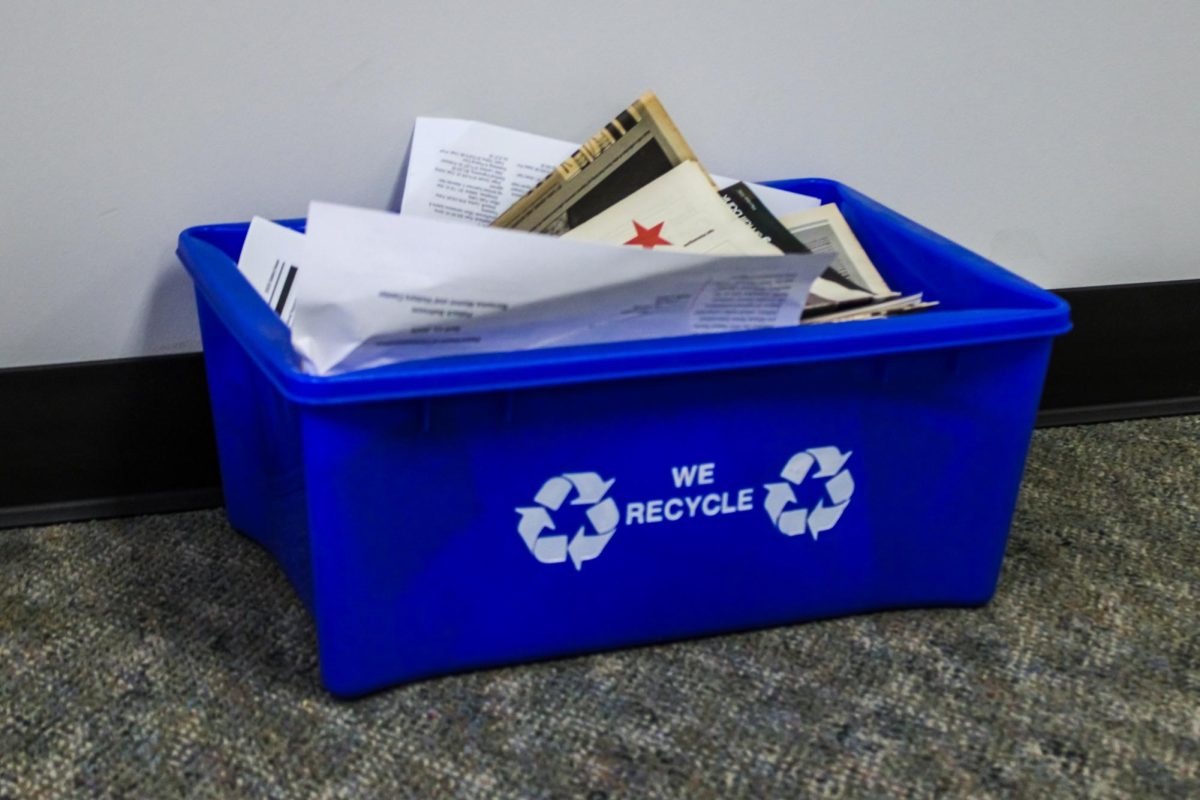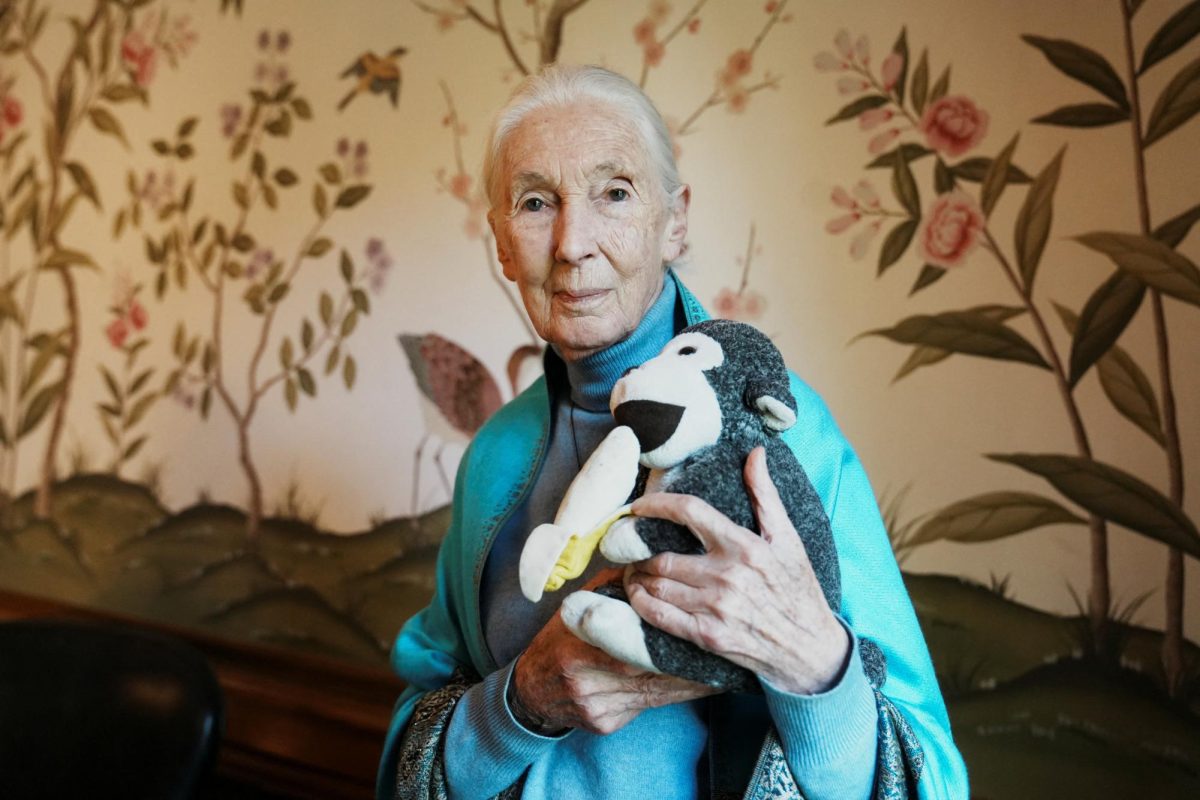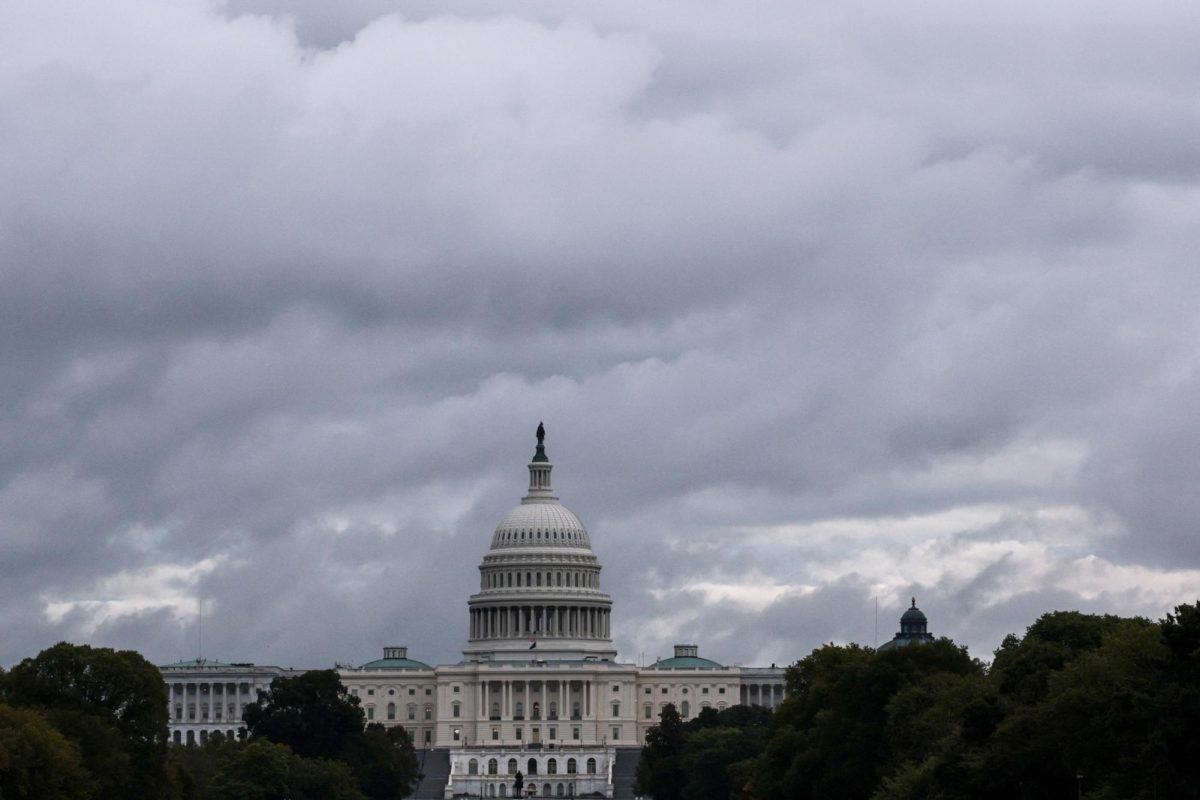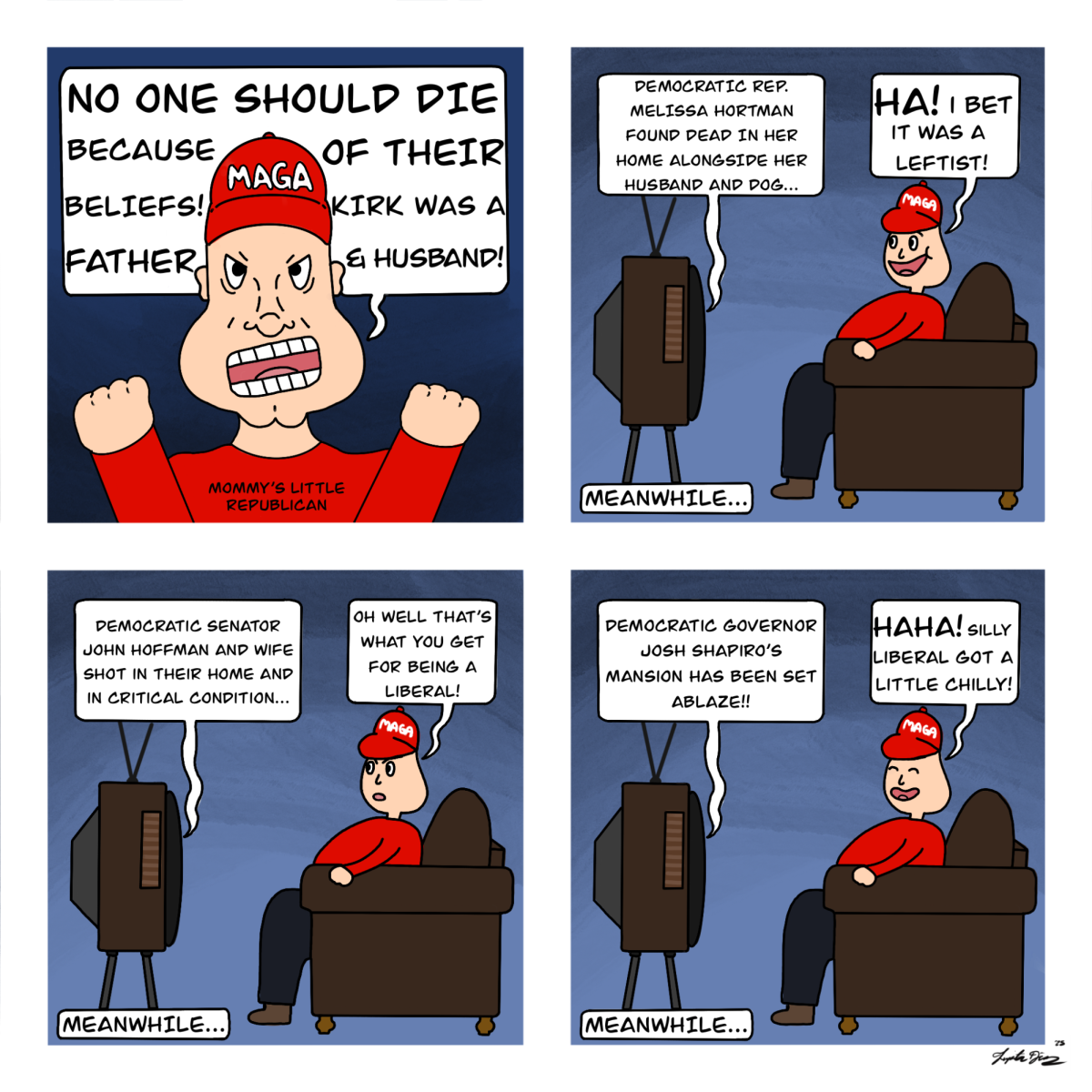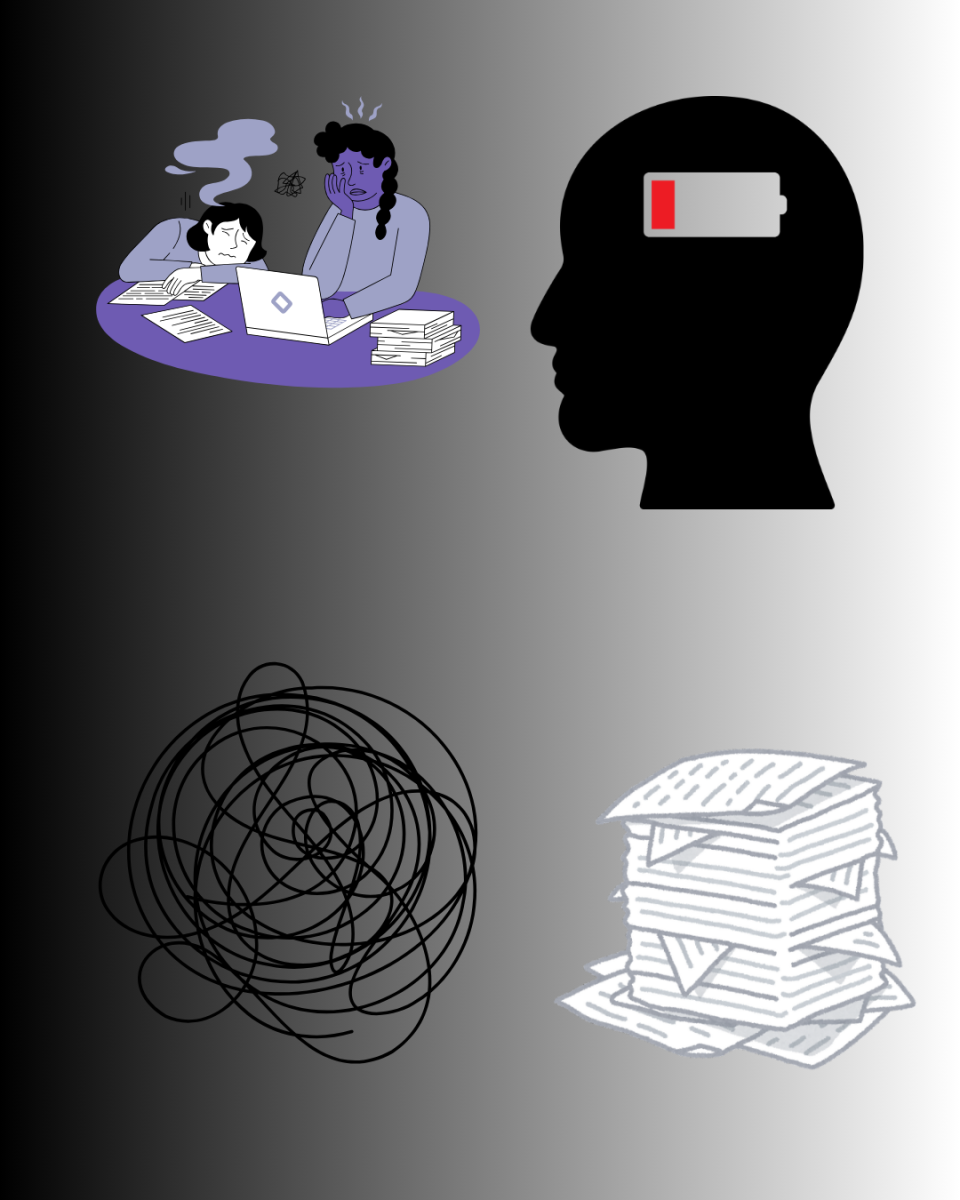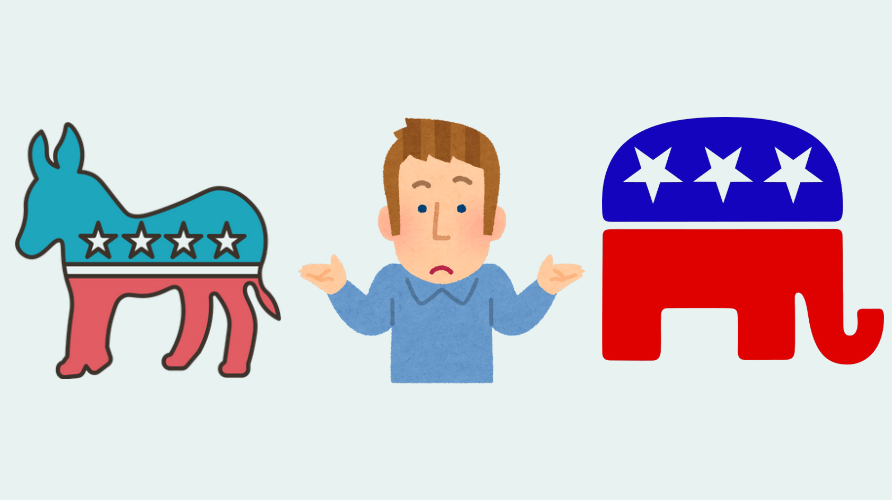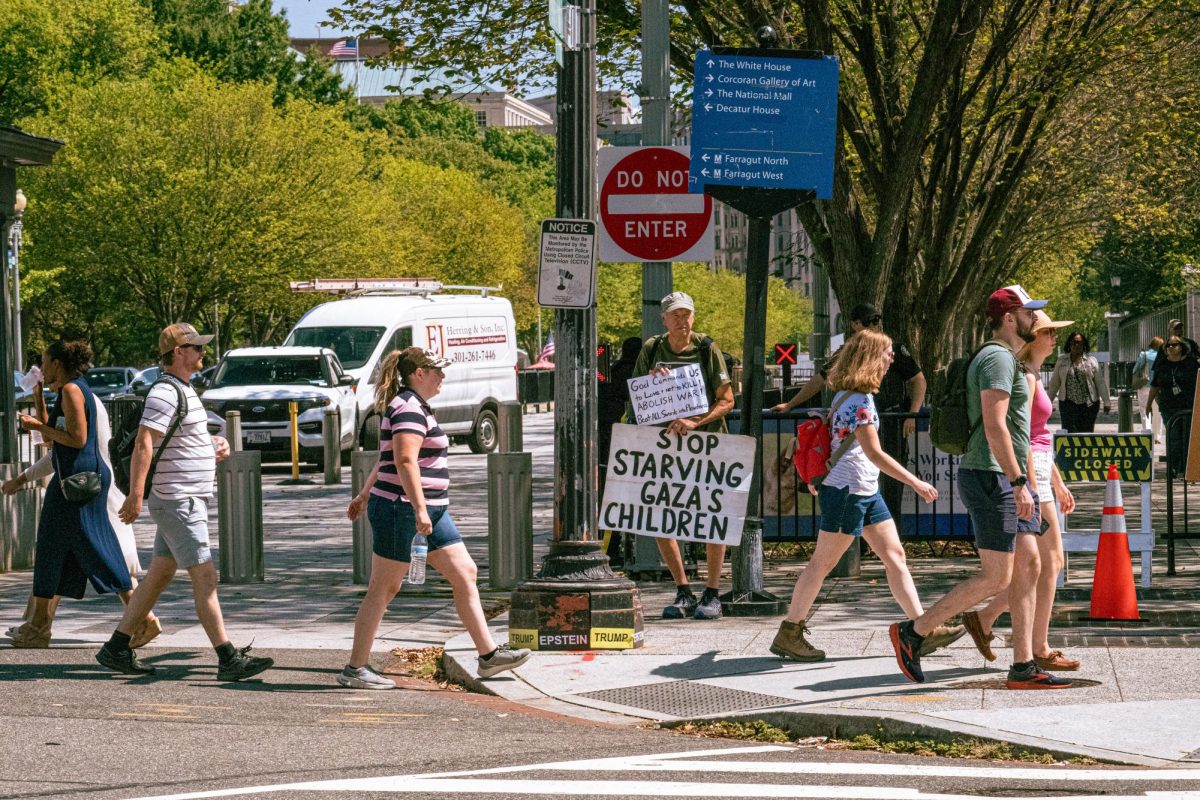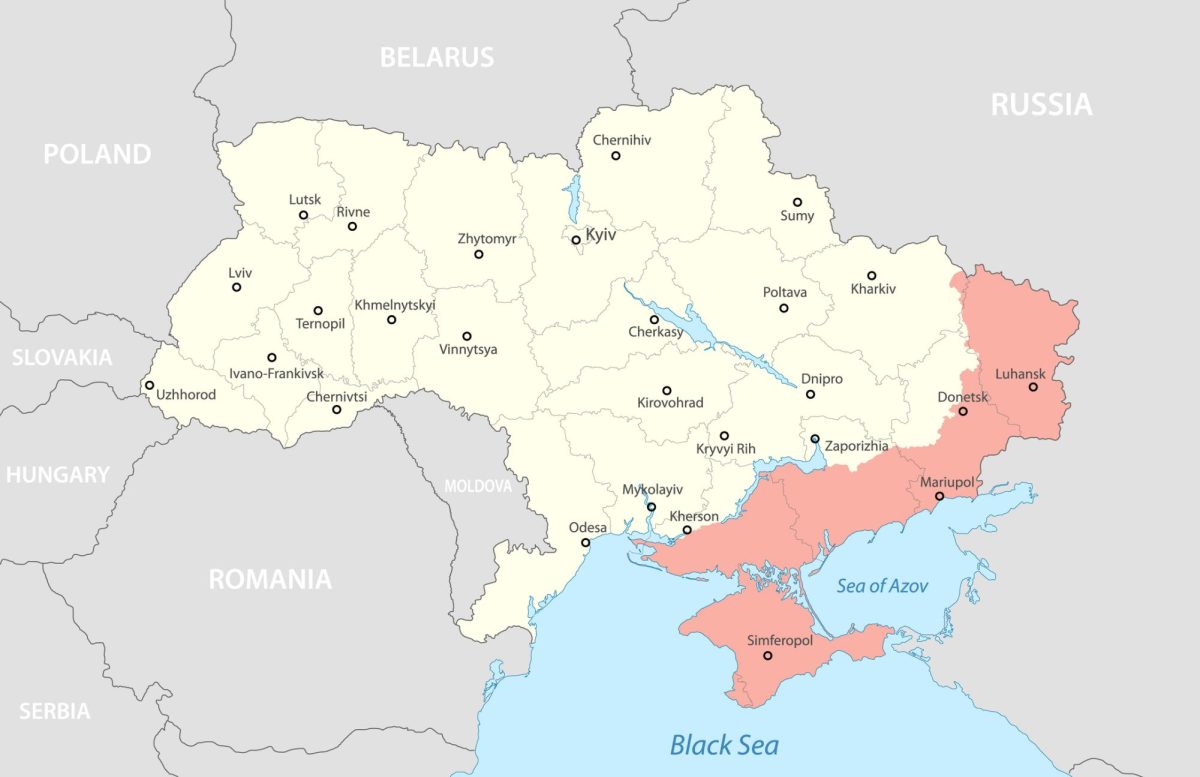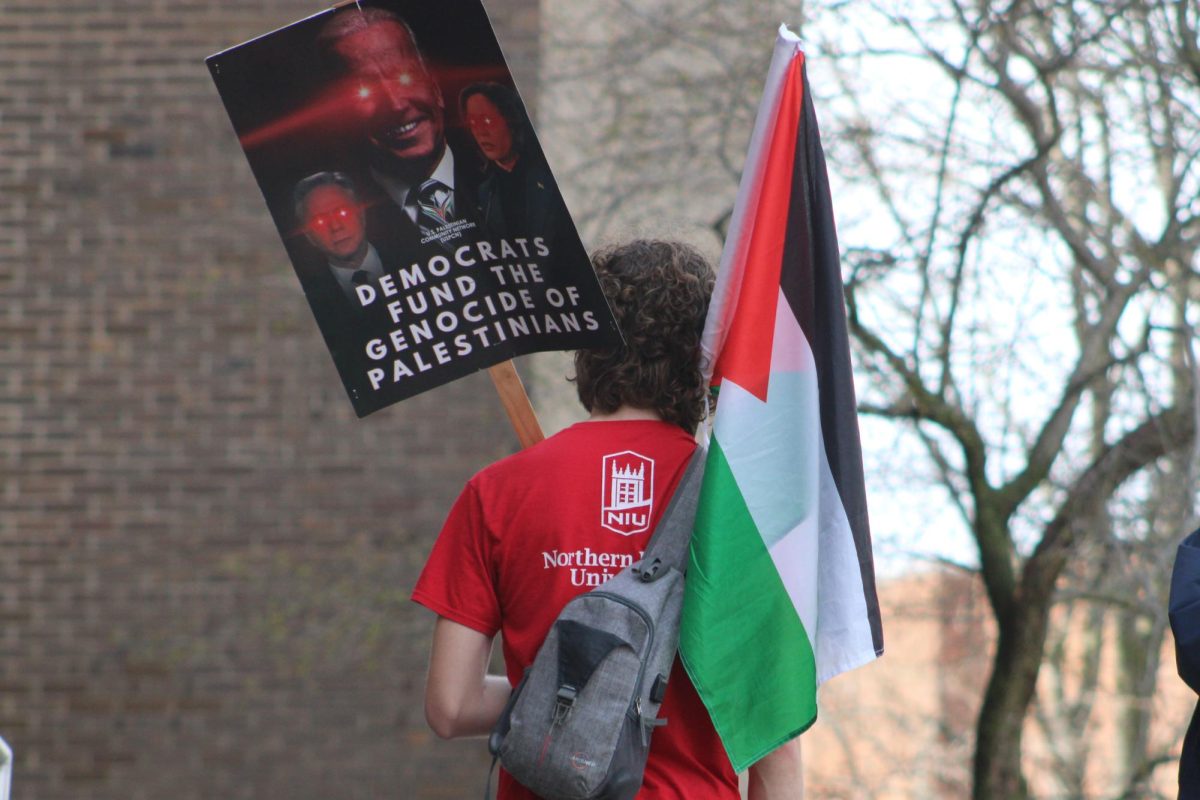Hip-Hop’s history has been defined by numerous things – artist’s creativity, ability to push boundaries with their lyricism and production styles, the social commentary with real-world effects. Of all these defining characteristics of the genre, one sticks in particular. That is beef in hip-hop.
Nas vs Jay-Z; N.W.A vs Ice Cube; Drake vs Pusha T, all of these and more have done one crucial thing for hip-hop: made it more exciting for fans. This excitement is still felt today in the most recent beef between the three biggest rappers in the world; J. Cole, Drake and Kendrick Lamar.
Hardy Louihis, a graduate fine arts acting student and life-long hip-hop fan, spoke on hip-hop conflict as a whole.
“I think it’s helpful for hip-hop. Period. Beef for me is competition,” Louihis said. “It’s similar to basketball. Growing up for me it was all about who’s better between Bird and Magic. Then Michael Jordan came up and all of them just became really good, and all of them wanted to be the best. It’s the same with beef, it’s just all about who’s the best.”
This is the important thing about beef. It becomes like a sport. Beef is a display of artists’ ability as they trade lyrical barbs and try to one-up each other. And, like fans of athletes, fans of artists get to pick their sides and engage in debates.
There can, however, be a dark side, and it comes down to the nature of hip-hop as a whole and the way it can get intertwined with the backgrounds of some artists.
“Beef is made to create sales,” Louihis said. “But there are people who are knee-deep in street life. And they drag the street life into the entertainment world to keep it real. But they don’t understand that people start beef to just make sales and that crossover can cause unnecessary problems because the two worlds shouldn’t cross over in the first place.”
This culture of street life that could grow into violence is a valid problem and the biggest one with beef and with hip-hop as a whole. Conflict can escalate and get to a point where it is no longer fun and becomes much more serious, even deadly. The biggest example is that of Tupac vs. Biggie.
That beef saw the two biggest rappers of the 90’s pitted against each other in a case of friends turned enemies. Biggie represented the East Coast while Tupac represented the West. Both rappers exchanged barbs in their tracks “Who Shot Ya?” and “Hit Em’ Up” and the beef continued to escalate. As a result of the personal beef between the two of them and the rivalry between coasts, both artists ended up dead from drive-by shootings.
That being said, this issue is entirely avoidable and is more of an exception than a rule. In most cases, beef is resolved peacefully. Often, once the barbs are done being traded and the dust settles, artists will be cordial and collaborate on projects. An example of such can be seen with Drake and Meek Mill on the song “Going Bad.”
It’s the cultural significance that ultimately makes these beefs so fun and vital to hip-hop. They represent moments in time. For each of these instances, fans can remember so much of what happened during that time because beefs become historical moments.
And, like any historical moment, witnessing beef leaves a lasting impact on people. Kendrick Lamar created one recently with his verse on “Like That,” and now J. Cole’s response on “7-minute drill” will only push things further, and that’s awesome. However the rest of the beef plays out from here, it will be remembered because of its impact and the excitement it has given fans.



